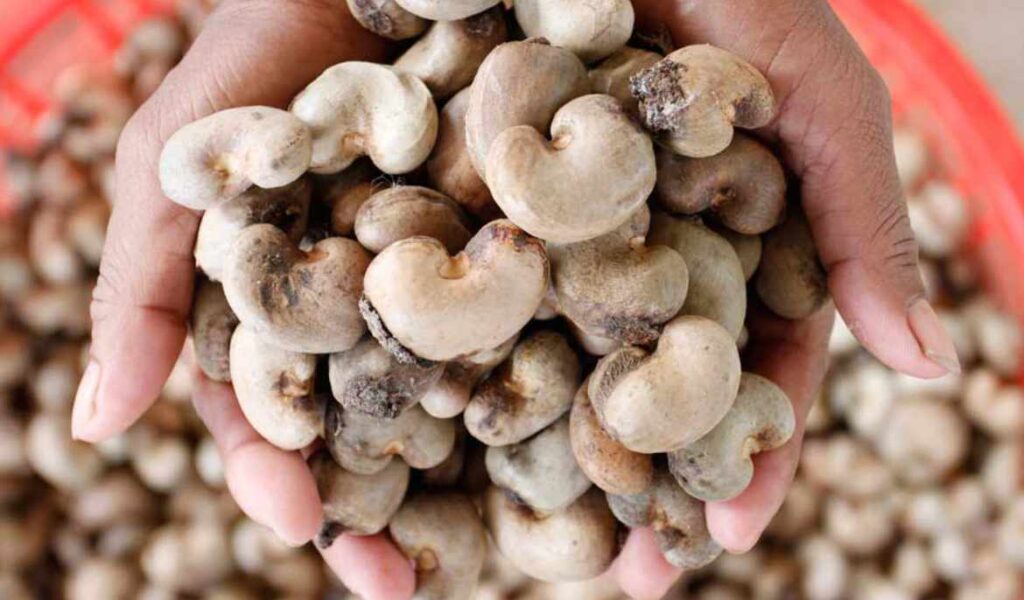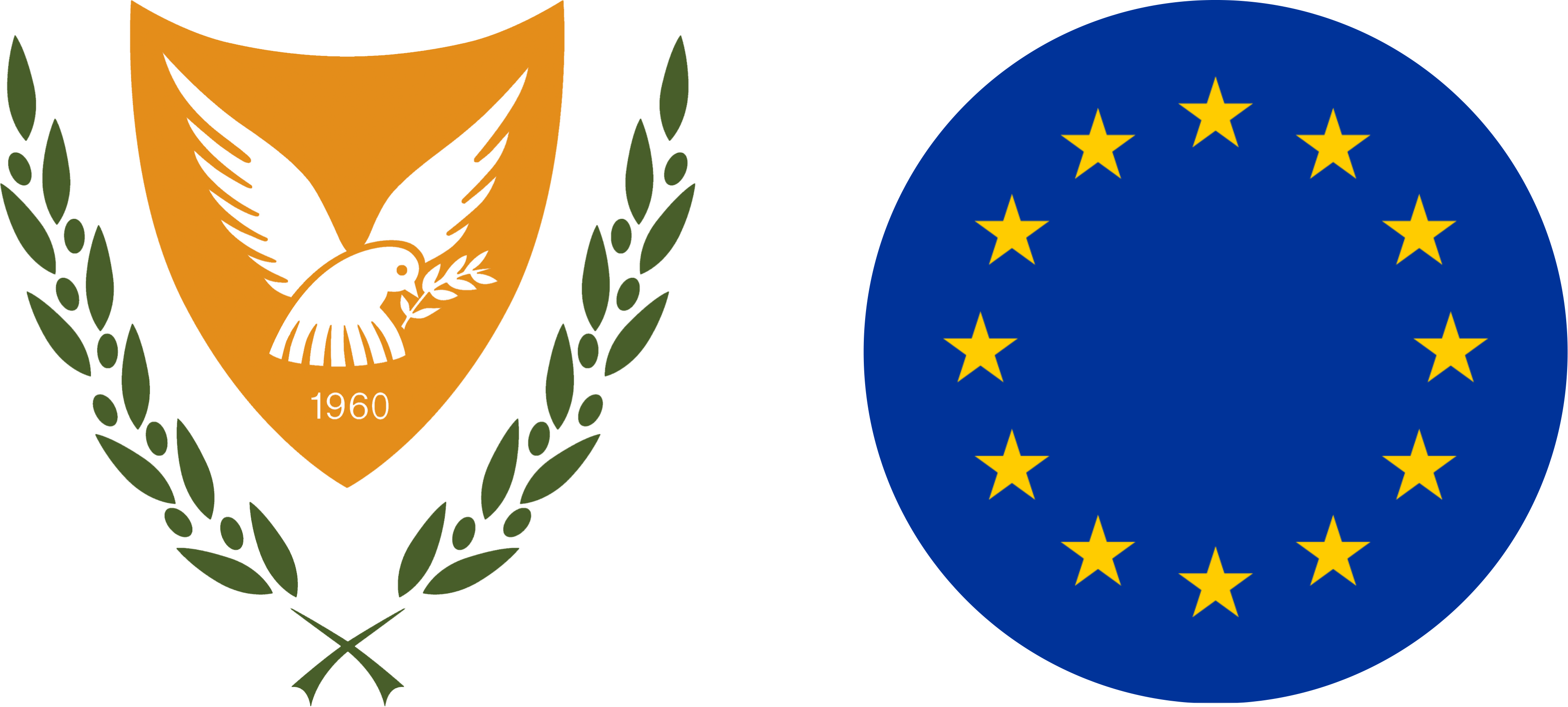Economists are optimistic that exports to Vietnam will increase significantly in the wake of a Vietnamese announcement that it will grant zero per cent tariff preferences on 28 tariff lines of Cambodian-origin products until December 31, 2026.
According to a June 3 notification from the Ministry of Commerce, the new tariff rates are part of a bilateral trade facilitation agreement, signed between the two governments on April 28. It recommended that businesses which qualify should apply as soon as possible.
Included under the agreement are raw chicken and duck products, many kinds of fruits and vegetables, and a limited tonnage of rice and tobacco.
“Producers and exporters may apply for a Certificate of Origin Form S (CO Form S) via the website https://co.moc.gov.kh for the goods listed in Annex 1, in order to export them to Vietnam under the 0% preferential tariff rate,” said the ministry.
The announcement also noted that to meet the 2025 quota of rice and tobacco leaves, producers and exporters must submit applications to the ministry’s Department of Import and Export of the General Department of Trade Services by June 27.
Vietnam’s decision to waive the tariffs comes as Cambodia and Thailand are engaged in a border dispute, which may negatively impact trade between the two countries.
According to the General Department of Customs and Excise (GDCE), in 2024, trade between Cambodia and Vietnam totalled $7.78 billion, an 18.2% increase compared to $6.58 billion in 2023. Cambodian exports amounted to $3.61 billion (up 21.6%), while Vietnamese imports were $4.17 billion (up 15.4%).
In the first four months of 2025, trade between the two countries totalled $3.22 billion, a 7% increase compared to the same period in 2024. Cambodian exports were $1.79 billion (up 4.5%), while Vietnamese imports reached $1.43 billion (up 10.3%).
Lor Vichet, vice-president of the Cambodia Chinese Commerce Association (CCCA), told The Post on June 5 that both governments recently expressed ambitions to increase bilateral trade volume to $20 billion. Vietnam is considered a key export market for Cambodia, in addition to the US, Canada, the EU, China, Thailand, Japan and South Korea.
He explained that most of Cambodia’s exports to Vietnam consist of raw agricultural products, such as cashew nuts, paddy rice, rubber, cassava, bananas, mangoes and other natural resources.
Vichet also noted that the brief late May military standoff along the Cambodia-Thailand border contributed to increased trade activity between Cambodia and Vietnam, and that Vietnam’s decision to waive tariffs for two years will definitely lead to a greater flow of Cambodian goods into Vietnam.
“This customs facilitation will quickly boost the volume of goods exported from Cambodia to Vietnam, especially as both governments are committed to increasing their bilateral trade,” he said.
“As we export more to Vietnam, imports will also increase. Therefore, the goal of raising bilateral trade volume to $20 billion could soon be realised,” he added.
He suggested that the tariff exemptions will encourage domestic and foreign investors to invest more in agriculture, production and processing in Cambodia — particularly as the country’s irrigation systems and transportation infrastructure continue to improve.
He also noted that at the first meeting of the Joint Committee of Members of Parliament and the Senate earlier this week, Cambodian leadership reaffirmed their support for accelerating national development.
“This will support the Kingdom’s agriculture sector as it develops both modern farming systems and agro-industrial technologies, thereby improving the quality of exports to international markets,” he continued.



